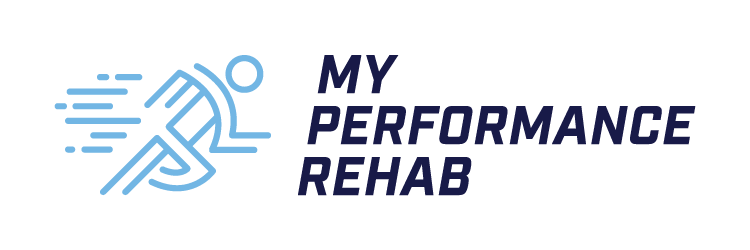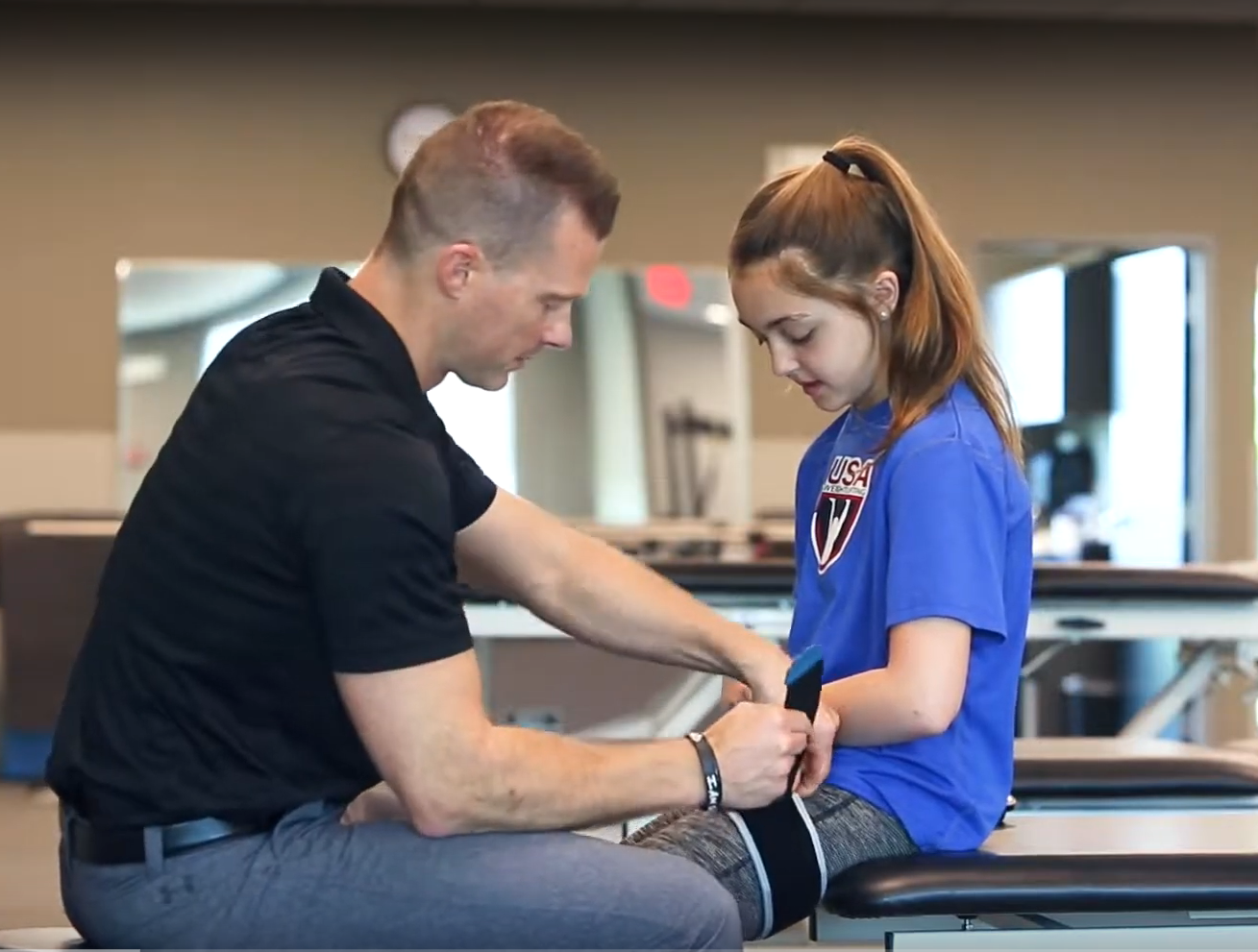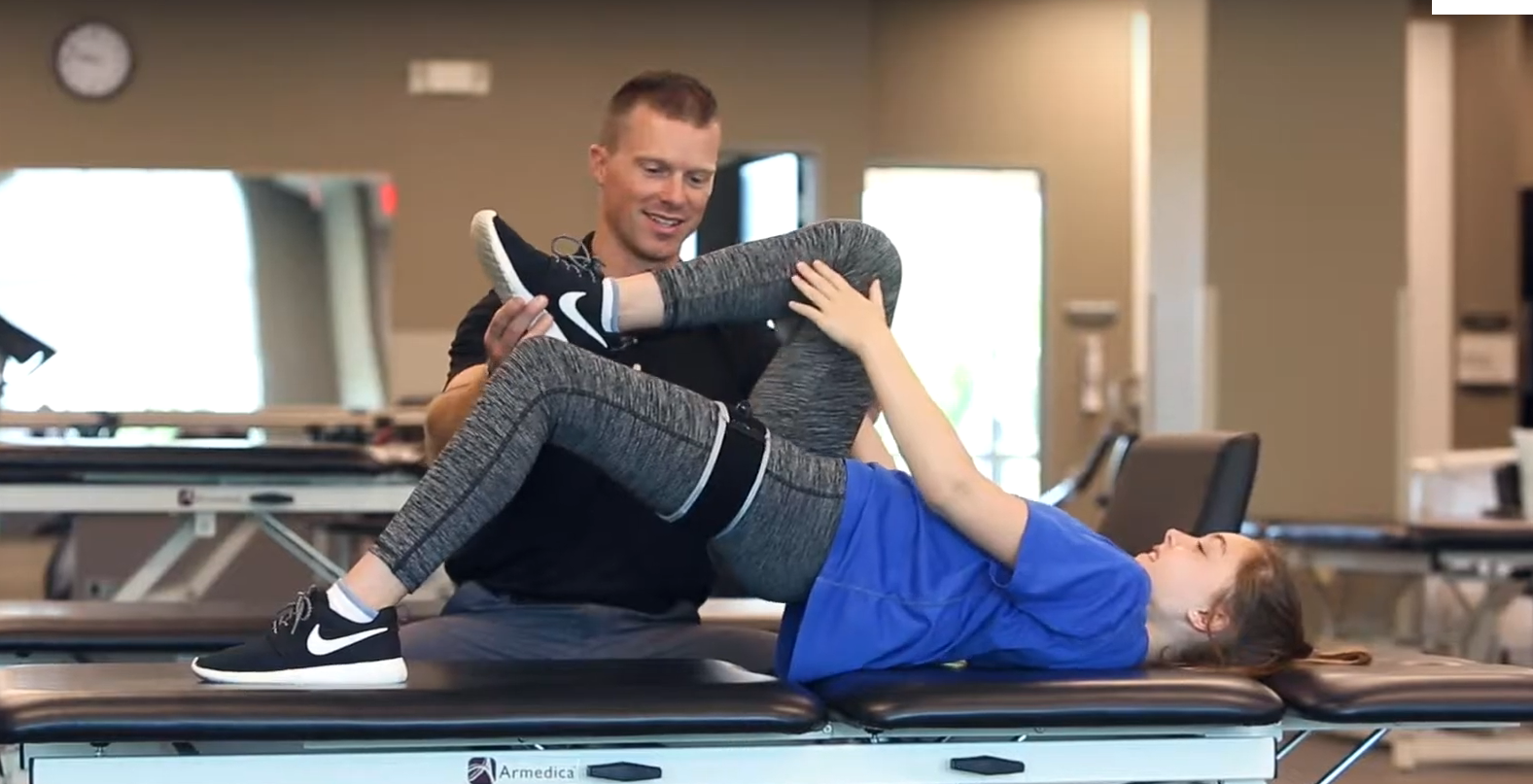This post on running form is going to focus on the common injuries and biomechanical faults I see clinically. There are multiple soft tissues and muscular-related damages that result anytime you push your body – we are speaking with running specifically in this instance, but it is by no means exclusive to that activity. I’d like to start with arguably the most commonly injured muscle group, the hamstrings. It can be somewhat complicated, but I am going to address it as straight-forward and general as I can and give some treatment ideas to address.
Let’s go back to touch on something I spoke about in a previous post: Body shape, alignment, and inherent structure can all be so varied and it becomes even greater in its parody when in motion. Look at these photos of people just standing.
 Knee, foot, pelvis, and spine all come into play. Let’s go even further, what about general body type? We all lean toward a certain “type” although we don’t generally fall into one perfectly. Not to focus too much on these structural differences, but they are important to point out. It continues to shed light on my opinion and experience that there is no one running technique or form that is truly ideal because we are not all built “ideally” for running.
Knee, foot, pelvis, and spine all come into play. Let’s go even further, what about general body type? We all lean toward a certain “type” although we don’t generally fall into one perfectly. Not to focus too much on these structural differences, but they are important to point out. It continues to shed light on my opinion and experience that there is no one running technique or form that is truly ideal because we are not all built “ideally” for running.
So, is it structural or mechanical? Remember, change the things you can and minimize the negative effects of the things you can’t change. We can absolutely make changes in muscle balance/stability/control,  footwear, technique & neuromuscular control. Even things like nutrition and chemical imbalances are relevant but beyond my expertise. Instead, I want to discuss how muscle dysfunction can be a huge component. When a muscle group is working less than optimally OR overexerting that muscle group can become at greater risk for injury. Beyond that, an underperforming (over/under active) muscle may ask a different muscle group to pick up its slack – for example, the glutes (butt muscles) are chronically under-worked and the hamstrings often bear the brunt. In this example, the glutes are underactive and the hamstrings are overactive. VERY common in the general population, but most notable in runners.
footwear, technique & neuromuscular control. Even things like nutrition and chemical imbalances are relevant but beyond my expertise. Instead, I want to discuss how muscle dysfunction can be a huge component. When a muscle group is working less than optimally OR overexerting that muscle group can become at greater risk for injury. Beyond that, an underperforming (over/under active) muscle may ask a different muscle group to pick up its slack – for example, the glutes (butt muscles) are chronically under-worked and the hamstrings often bear the brunt. In this example, the glutes are underactive and the hamstrings are overactive. VERY common in the general population, but most notable in runners.
The gluteal muscles are primary hip extensors and are incredibly powerful. Look at any power athlete and the size of their backside! These muscles should be the driving force behind keeping us upright and propelling us forward. When we reach out to stride, the hamstring muscles are stretched and are forced to control the landing. After landing, often the hamstrings are used to pull the leg through. When the gluteal muscles are not the dominant muscle group in this cycle, tissues finally reach a breaking point that can lead to "strains" and "pulls". The hamstring muscle group is primarily a knee flexor (it's main use is to bend the knee). The hamstrings are secondary hip extensors...secondary! Use your butt muscles, not your hamstrings.
Here are some exercises to focus on hip strengthening that are centered around the entire glute complex - gluteus maximus, gluteus medius, gluteus minimus:

This next exercise is a variation on a side plank.







Share:
Running Form - Should You Change?
Movement Patterns